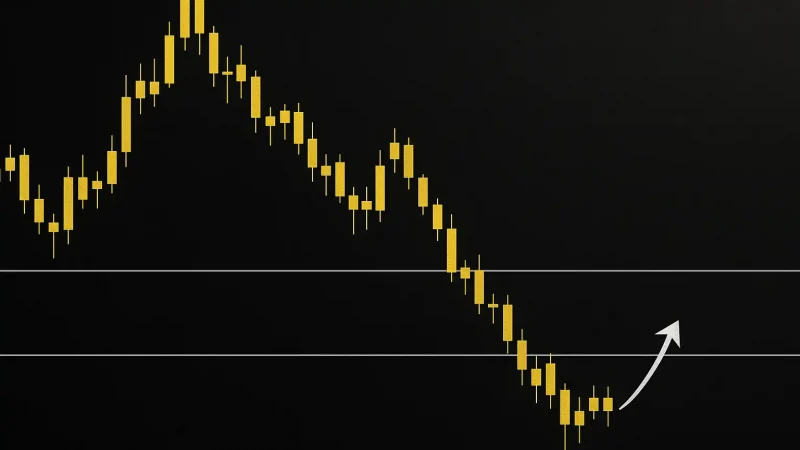In a decisive move that signals renewed institutional confidence in Bitcoin, Strategy has raised a staggering €620 million ($715 million) to expand its cryptocurrency holdings. The European company issued 7.75 million shares of its 10% Series A Perpetual Stream Preferred Stock (STRE) at €80 each—a fundraising initiative originally capped at €350 million. The surge in investor appetite forced Strategy to nearly double its offering. With the freshly secured capital earmarked primarily for Bitcoin purchases, the timing of this announcement coincides with bold claims from MicroStrategy co-founder Michael Saylor, who insists that the crypto winter is over and Bitcoin is headed toward a $1 million valuation.
Strategy’s Aggressive Capital Raise Reflects Strong Bitcoin Sentiment
The issuance of high-yield STRE shares represents a bold financial engineering maneuver akin to MicroStrategy’s infamous Bitcoin bond sales—but executed on European financial terms. Offering a 10% annual dividend indefinitely, the investment product appealed to yield-hungry investors willing to tie their capital to the long-term performance of Bitcoin. The raise, announced to close by November 13, 2025, puts Strategy among the top corporate holders of Bitcoin worldwide, signaling an intensified corporate arms race for scarce BTC.
What’s notable is the seamless blend of traditional capital markets with the volatile world of crypto. Unlike speculative ICOs of the past, STRE stock comes with preferred status, institutional-grade terms, and a recurring payout mechanism—elements that help legitimize Bitcoin as treasury-grade reserve. Furthermore, the oversubscription of the round illustrates renewed momentum in digital asset capital formation, hinting that institutional investors are warming to Bitcoin not just as speculation, but as monetary infrastructure.
Market Implication: Michael Saylor’s Mega Bull Call Adds Fuel
Coinciding with this fundraising surge, Michael Saylor, often labeled the “High Priest of Bitcoin Maximalism,” made headlines by forecasting a $1 million Bitcoin target and declaring the end of crypto winter. While some analysts dismiss Saylor’s hyperbullish stances as ideological, others see his optimism as a rational projection built on Bitcoin’s increasing scarcity post-halving and its growing role as an institutional hedge. The alignment between Strategy’s capital move and Saylor’s forecast offers more than coincidence—it presents a narrative thread that Bitcoin is transitioning from controversial asset to foundational reserve.
Crowding Out Traditional Treasuries
With Strategy’s preferred shares offering a 10% yield, some investors are asking whether corporate Bitcoin exposure is less risky—and potentially more rewarding—than sovereign debt. In an environment of negative or near-zero real yields across global bonds, this new financing model could redirect liquidity from bond markets to crypto-heavy balance sheets. This shift in capital allocation may fundamentally alter how treasuries are structured and how public companies manage inflation exposure.
The broader implication is clear: a new breed of corporates—lean, agile, and crypto-native—are competing with legacy institutions not just for returns, but for the narrative about what sound money looks like in the 21st century.
A New Institutional Era Is Taking Shape
As Bitcoin resumes its upward march past previous resistance levels, the symbolic and financial weight of Strategy’s €620 million injection could mark the inflection point toward renewed institutional engagement. Mirroring MicroStrategy’s strategic playbook but brought to the European capital sphere, Strategy’s bold bet could prompt a wave of similar moves across jurisdictions.
With new regulatory clarity expected in the coming year and infrastructure for crypto finance becoming increasingly sophisticated, the playbook for corporate Bitcoin accumulation is now well established. What was once frowned upon as speculative excess increasingly resembles calculated treasury reallocation—and perhaps a quiet revolution in monetary policy from the ground up.





